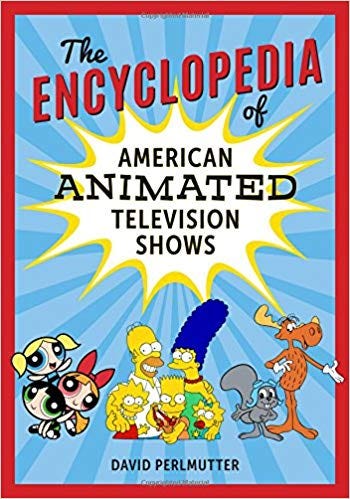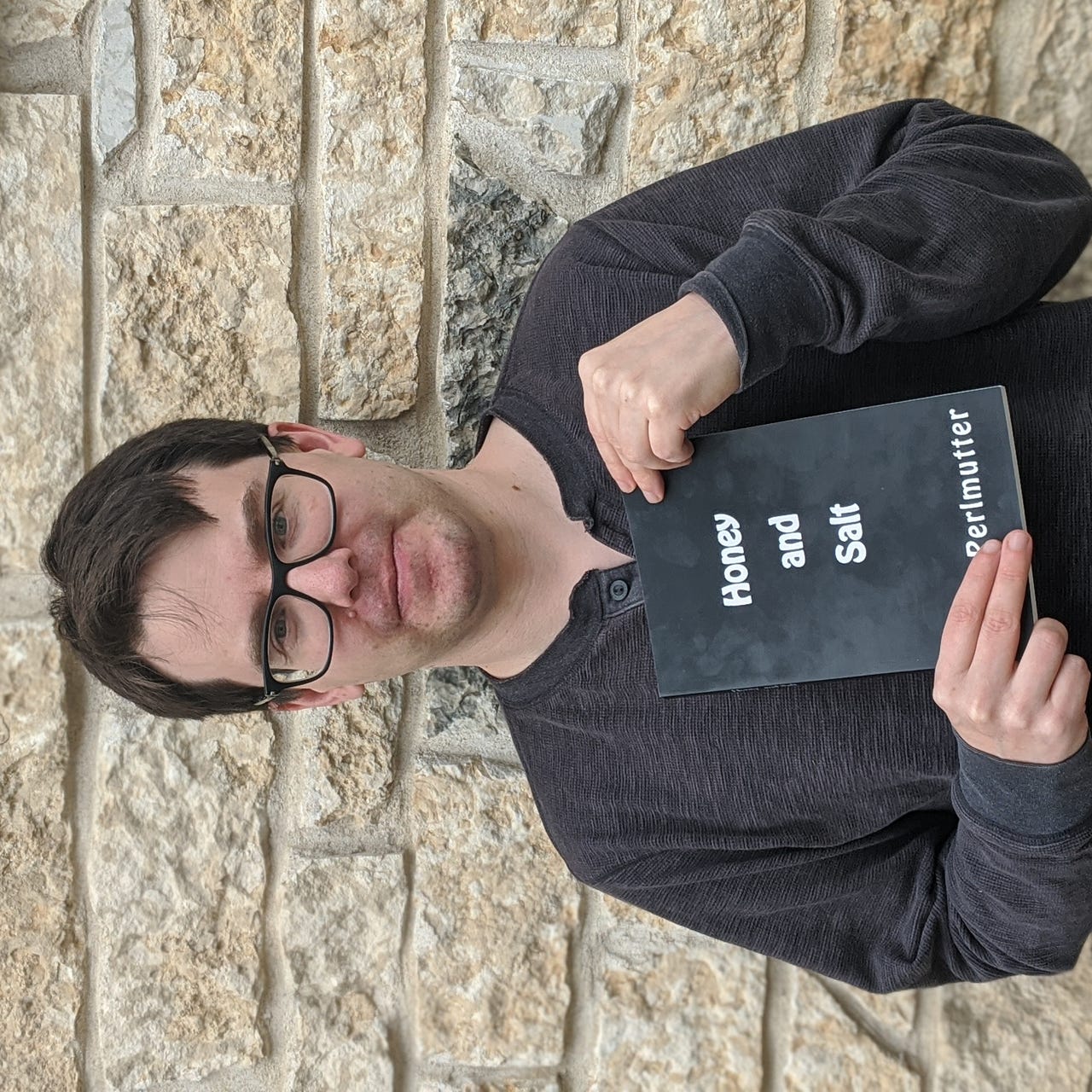This newsletter is designed to explore aspects of the art of animation in the form of personal essays on issues past and present related to their evolution over time. And there HAS been a great deal of evolution…
I have been a regular viewer of animation since childhood, and a scholar of it for much of my adult life. In 2014, I published a narrative history of animation has presented on television:
https://www.amazon.com/America-Toons-History-Television-Animation/dp/0786476508
That was followed in 2018 by this encyclopedia about the same topic:
https://www.amazon.com/Encyclopedia-American-Animated-Television-Shows/dp/1538103737
Some, though not all, of the material presented here will be indebted to these texts.
I also write speculative fiction and occasional essays on non-animation topics, which can be found at my other Substack newsletter:
(NOTE: I am unable to use the same e-mail address for the Stripe payment system for more than one newsletter, so use the above newsletter’s link for subscribing to be at the paid level).
The main differentiation between my animation writing and others here on Substack, such as the wonderful “Animation Obsessive”, is my personal touch as a writer. As with many critics, I have particular interests, opinions and concerns with animation, and I hope to share them with you- be it appreciation of forgotten or neglected film and television animation, profiles of animators whose work I believe needs more exposure, or how, as an autistic person, I interpret and react to animation in a way that is different from neurotypical viewers.
The title, in case you are wondering, has a twofold meaning.
Firstly, animation, for many, is a compelling art form. It gains its strength from its ability to make its viewers hone in on the totality of a variety of audio and video components united into a unique whole. We must focus on what we are seeing and hearing to fully experience and understand it, unlike any other art form.
The second meaning is less obvious to some. The word “focus”, as an imperative command, is occasionally employed in the dialogue of animation as a means of directing critical attention towards a speaker- often as a means of stating the urgency of the narrative situation. (“Focus”!). In that sense, it echoes the compelling nature of animation as a whole.
So, basically, that’s what we’re going to be dealing with here.
Also, “traditional” 2D animation will always be better than CGI. Just try to change my mind…









The Hanna-Barbera generation will always have the edge in creativity
I am a happy and proud Luddite. I loathe how computers are taking over everything, including animation.